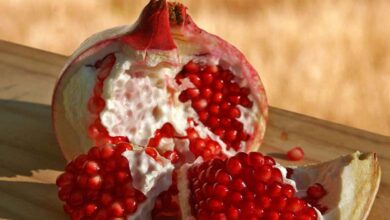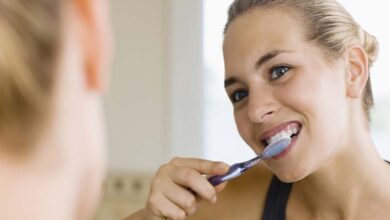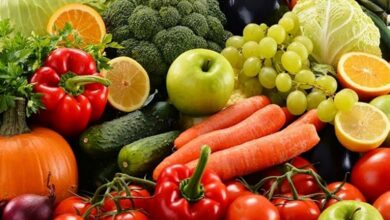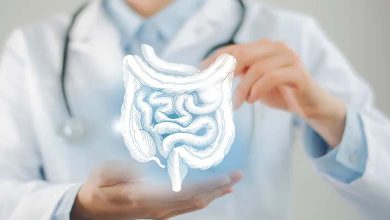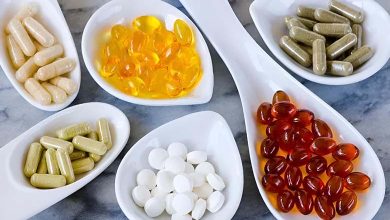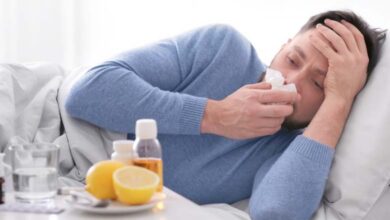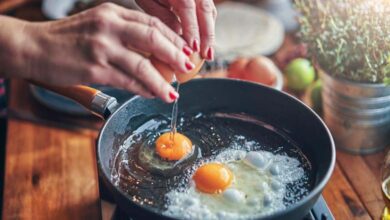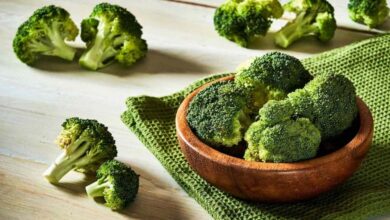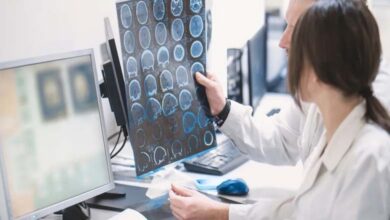The essential role of ZINC in our body
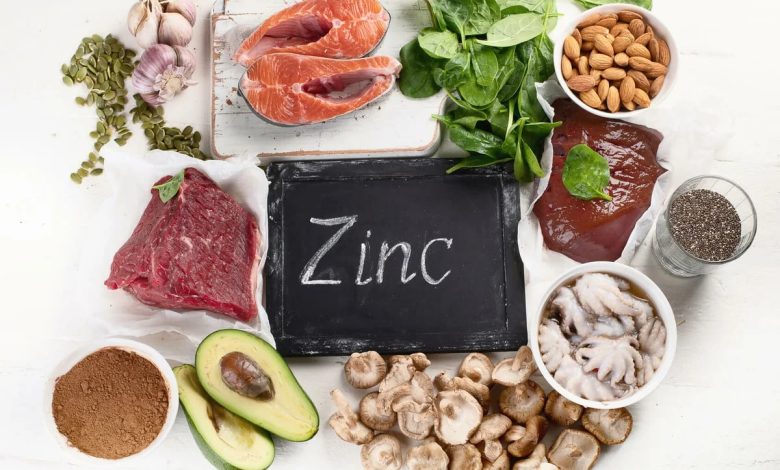
Acne, dry skin, brittle nails, dull hair… what if it was a lack of zinc? This trace element is indispensable for the proper functioning of the cells of the epidermis. Note that the recommended nutritional intake is 14 mg per day in men and 12 mg per day in women.
Necessary in more than 200 chemical reactions, zinc is involved in particular in protein synthesis. This trace element with antioxidant properties acts on growth, respiration, endocrine system, immunity, inflammation, reproduction and… sexuality. For the skin, zinc is an indispensable ally! Thus, it promotes healing, and thus intervenes in many skin problems: psoriasis, leg ulcer, skin infections. Its role in dealing with the problem of acne, for example, is now well demonstrated. Not only would it work against the bacteria responsible, but it would also limit the inflammatory reaction.
Recommended nutritional intake is 14 mg daily for men and 12 mg daily for women. Although zinc is present in many foods – fish, seafood, meats, eggs, cereals, pulses – deficiencies are widespread. Indeed, the consumption of tobacco, coffee, tea, alcohol, the intake of diuretics as well as stress exhaust the zinc reserves. In addition, refining food, especially cereals, breads and pasta, reduces zinc levels. According to Patrick Holford in “The Bible of Optimal Nutrition”, at Editions Marabout, refined flour only contains 22% zinc, the remaining 78% evaporates during processing. Finally, like iron, zinc from animals is absorbed better than zinc from plants: vegetarians are more exposed to a lack of zinc. Digestive disorders, dry skin, acne problems with impaired healing, brittle, stained or split nails, and hair loss are the main symptoms of zinc deficiency.
Zinc-rich foods
To be sure to avoid deficiencies, it is better to balance your diet and monitor your zinc intake. The richest foods per 100 g are:
Oysters: 16 mg
Veal and pig liver: 9 mg
Wheat germs: 7 mg
Whole bread: 5 mg
Beef, egg yolk and duck liver: 4 mg
Soya: 3 mg
Dried beans, lentils, split peas, fatty fish, crustacean nuts: between 2 and 2.5 mg
Oysters and meat combine the benefits. Not only do these foods provide an important source of zinc, but it also has excellent bioavailability: it will be very well absorbed by the body. On the other hand, foods which, like whole-grain bread or wheat germs, contain phytates (vegetable fibers) which decrease the absorption of zinc. Good news: nature being well done, zinc absorption increases in people who suffer from deficiencies and decreases in those who have higher intakes. Finally, know that wine, in moderate doses obviously, facilitates the absorption of zinc.


